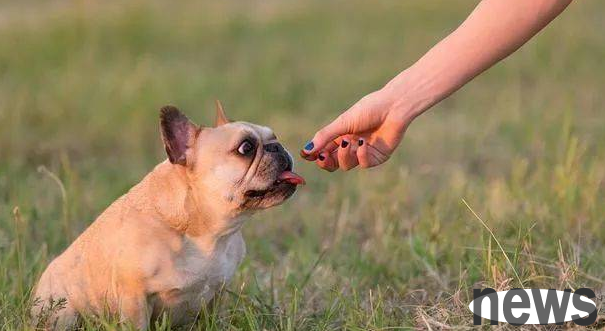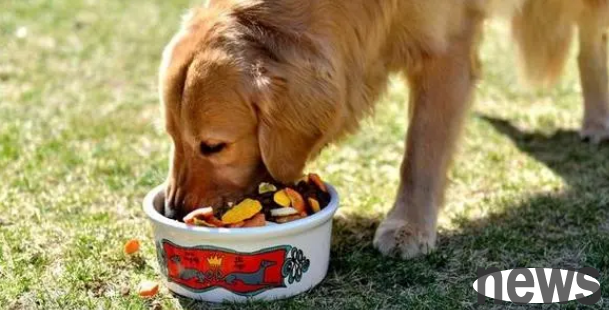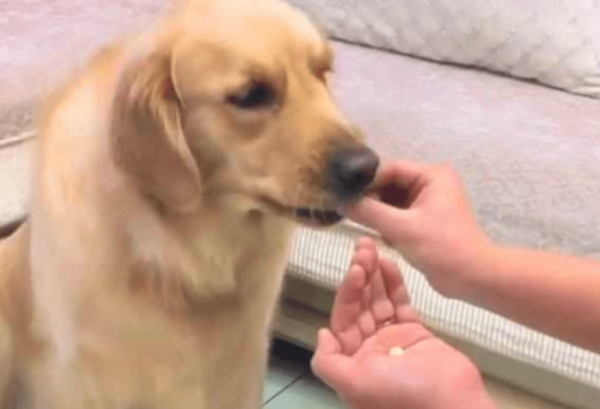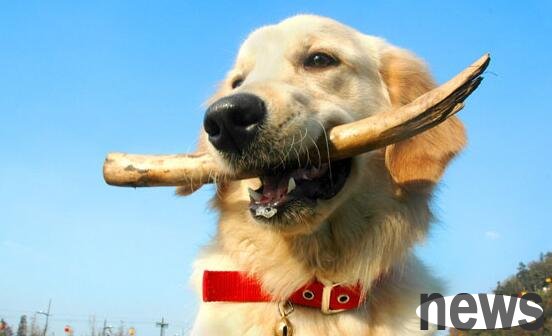Dogs recognize food but not people
When discussing the behavior of pet dogs, the expression "recognizing food but not people" is often mentioned, especially when describing some dogs seem to focus more on food than on their owner's emotional connection. This article will explore this behavioral phenomenon in depth, analyze the psychology behind it, and provide some suggestions to help pet owners better understand and improve this situation.
1. Behavioral manifestations
The most direct manifestations of dogs who "recognize food but not people" are their extreme love and dependence on food, even exceeding their dependence or closeness to their owners. This behavior is manifested in daily life as:
- When food appears, the dog will immediately show extremely high excitement and ignore the existence of the owner.

- When encountering strangers holding food, they may immediately show friendship and even follow the instructions of strangers.
- In the absence of food, the dog may ignore the call or instructions of the owner.
2. The psychology principle behind it
To understand the behavior of "recognizing eating but not people", we need to start from the instinct and psychology of dogs:
1. Survival instinct: In the wild, food is the basis of survival. As the offspring of wolf, dogs retain their instinct to find and compete for food. Even for domestic pets, this instinct can appear in some cases.
2. Conditioned Reflex: Pavlov's dog experiments tell us that through conditioned reflex, animals can learn to respond to specific stimuli. If dogs always experience a certain interaction when they get food, they may focus more on food than on the person who provides it.
3. Reinforcement learning: If dogs receive positive feedback every time they respond to food (such as getting food), they will learn to repeat this behavior, which is a process of reinforcement learning.
III. Improvement suggestions
In the face of "recognizing food but not people", owners can improve and adjust through the following methods:
1. Balanced attention: Ensure that interaction with dogs is not just about food. Arrange more time for play and training, and use toys or games to attract its interest.
2. Positive reinforcement: Use positive reinforcement in training, and rewards are given when dogs show closeness to people. This reward is not necessarily food, it can also be touching or verbal praise.
3. Controlling Food Rewards: When giving food rewards, make sure your dog understands that it is you who controls the acquisition of food. This means that food is given only after the dog has completed a command or exhibited the desired behavior.
4. Emotional establishment: Increase physical contact and emotional communication with dogs, helping to establish deeper emotional connections. This can be achieved through regular touches, hugs, or calm conversations.

5. Maintain consistency: It is important to maintain consistency in training and daily interactions. All family members should follow the same rules and training methods to avoid confusing dogs.
Although the behavior of "recognizing food but not people" challenges the emotional connection between people and pet dogs, it can be completely improved by understanding the dog's psychological and behavioral principles and adopting appropriate training and interaction methods. The key is to establish a healthy relationship that meets both the dog's physiological needs and the emotional connection needs. Through patience and concerted efforts, the bond between the dog and its owner will be stronger and create more beautiful memories together.












